Resources to Promote Inclusion and Belonging

For Spring 2022, the JHR is publishing for the first time a resource list related to cultivating belonging for students and patients in healthcare education and healthcare settings. This exceptional compilation of articles, books, movies, and artwork could serve as “an academic course in and of itself,” according to one of our editors.
Doing Healthcare Research Differently: An Introduction to SocioHealthLab’s Special Video Series, Part 1
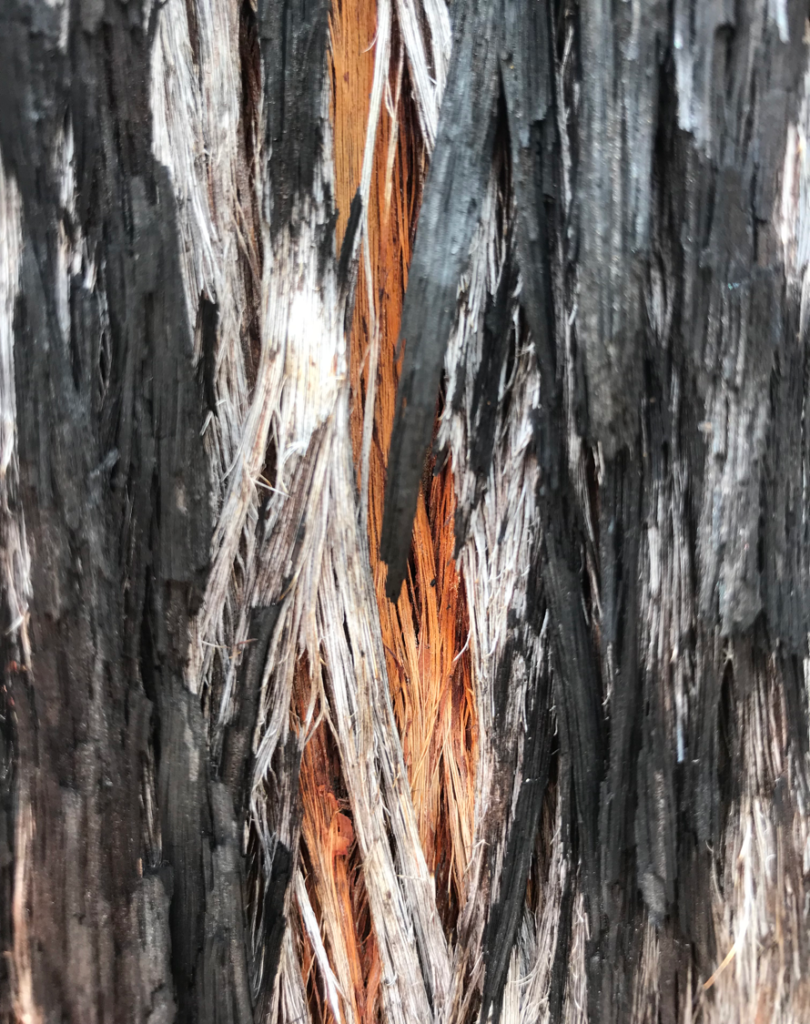
In this first of two installments within SocioHealthLab’s special video series with JHR, the authors “begin doing health research dissemination differently” by telling their “story/stories” through animation, music, sound, and discourse. The videos shared here range from heart-rending personal patient experiences of pain and fear, to a humorous ‘what-if’ look at rehabilitation processes with the use of cartoon animals. Viewers are invited to relax and share these brief accounts in a “quiet space.”
Community Mobility Method Selection in Individuals With iSCI: A Qualitative Analysis
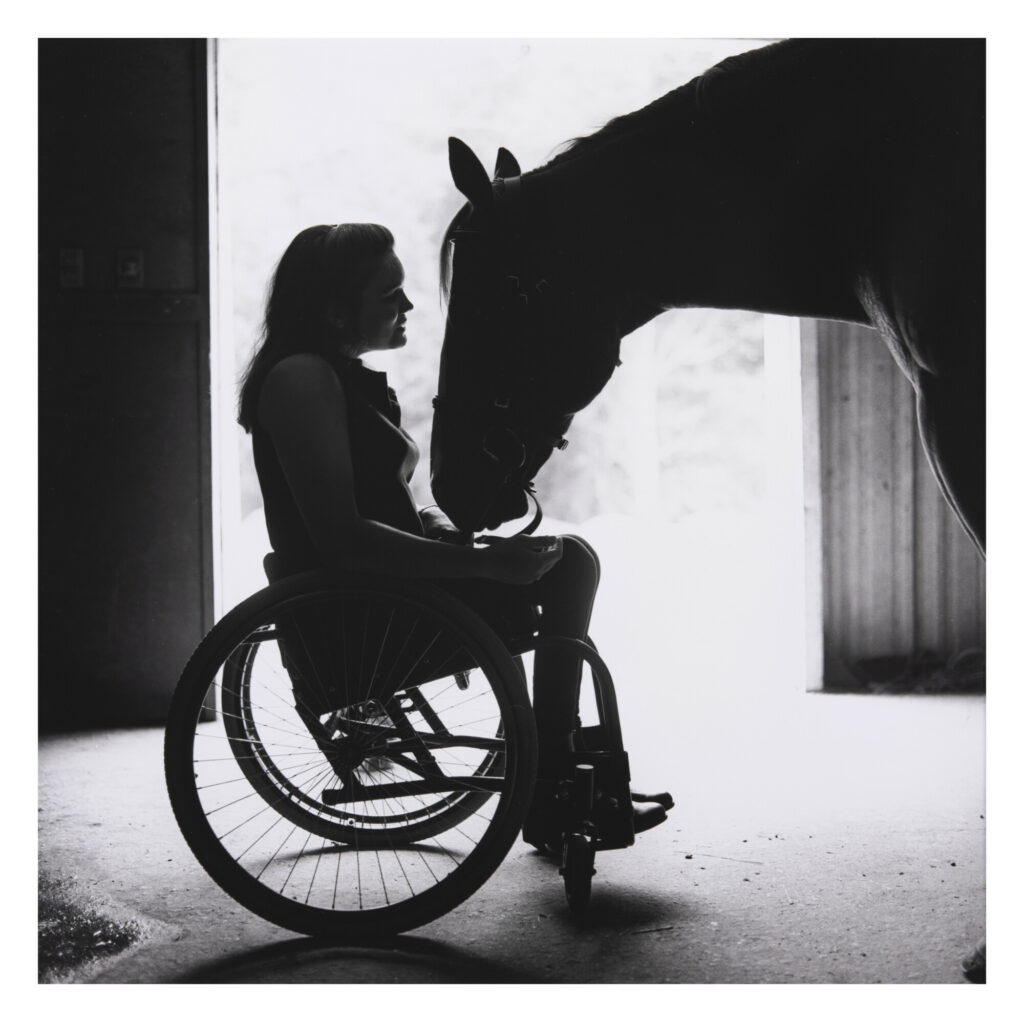
A primary rehabilitation goal for individuals with motor incomplete spinal cord injury (iSCI) is to regain their walking abilities. But what factors influence their paths to achieving that goal?
Toward a Social Psychoanalysis of Rehabilitation Practice
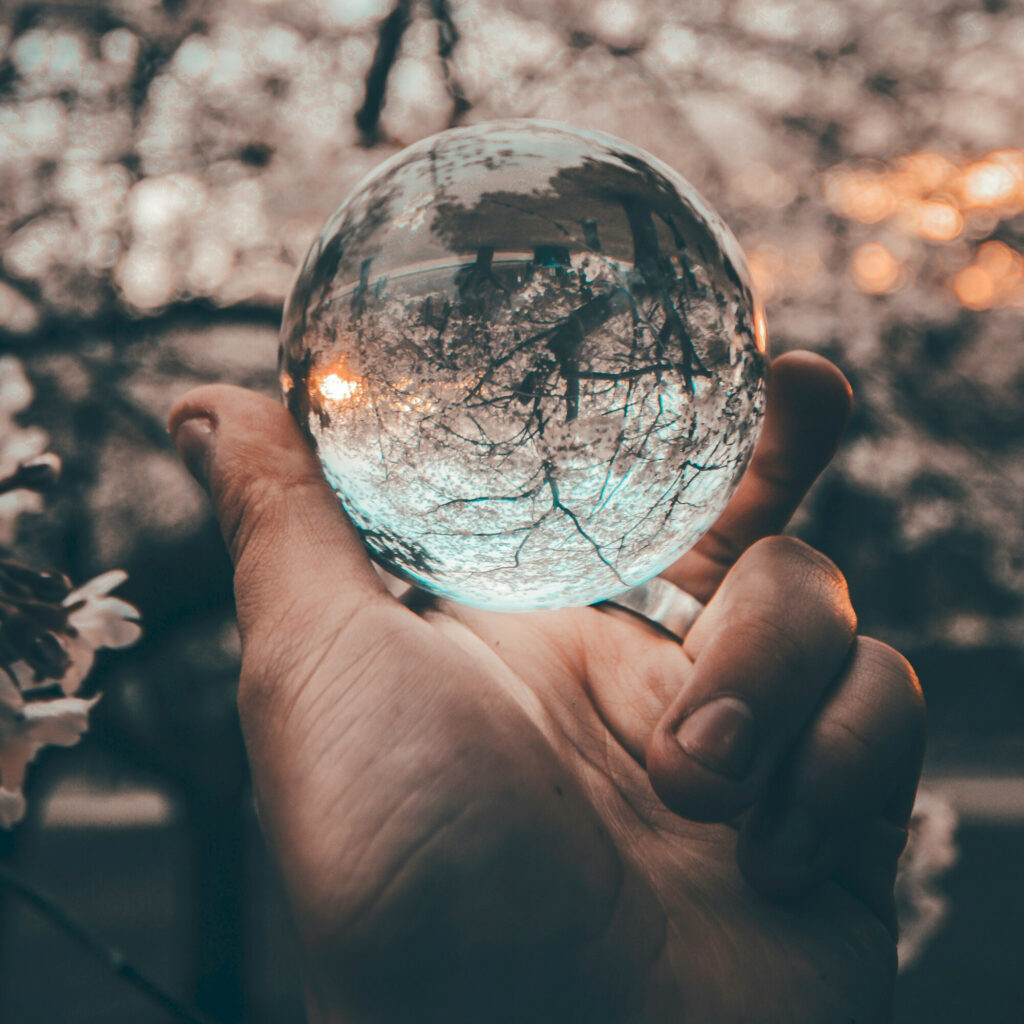
In a fascinating and thought-provoking piece, Thomas Abrams calls on the works of Sigmund Freud, and of modern critics and interpreters of Freud, to explore the rehabilitation clinic as a “space of desire.” What desires motivate patients and rehabilitation teams alike?
Piloting a Photography Program as Recreational Therapy for Adults With Spinal Cord Injury

This article and the photos that accompany it speak volumes about the lives and perspectives of the photographers presented: SCI patients at the Rancho Los Amigos National Rehabilitation Center in Los Angeles.
Art History as a Resource for Understanding Social Bias in Disability
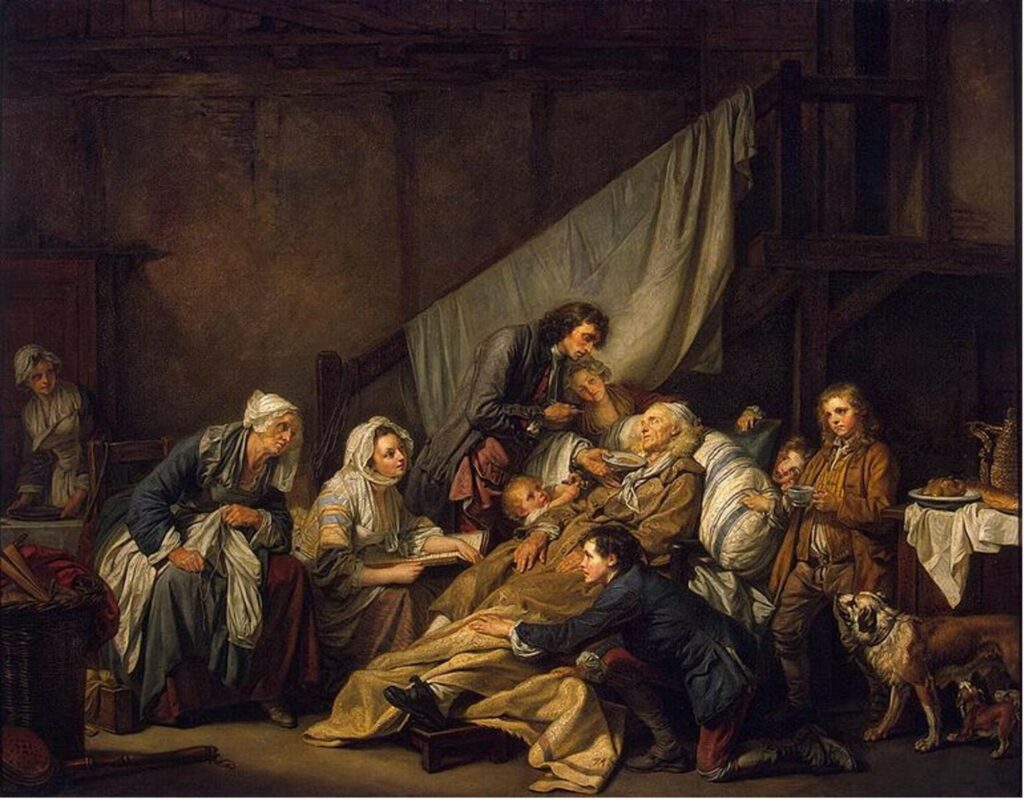
In a dramatic presentation of imagery past and present, this author invites readers to consider ongoing attitudes toward persons with disabilities.
Humanity a Plenty
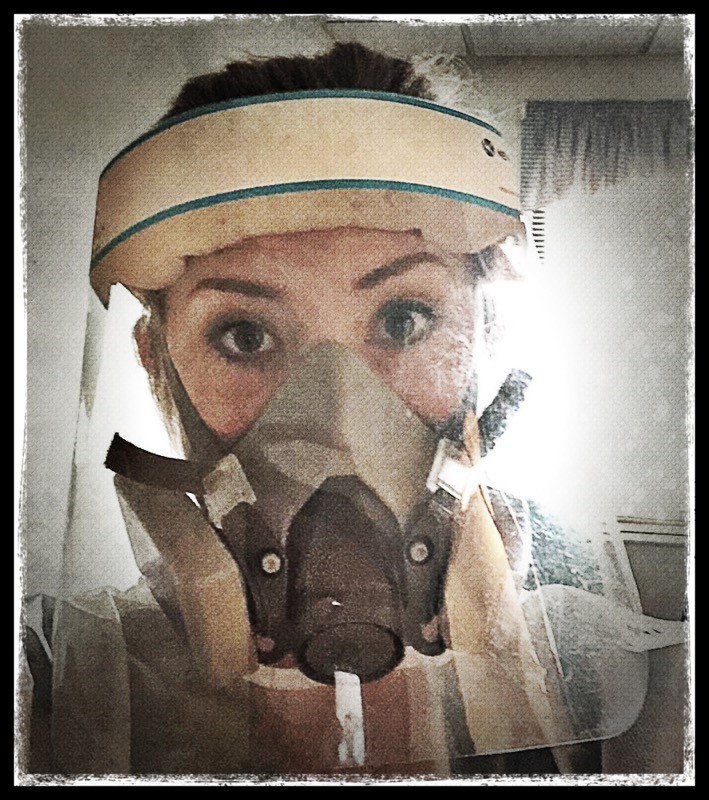
[coauthors_plain] Download the article (pdf) Table of Contents Beleaguered but not brokenShe dons once againHer foreboding regalia–pandemic paraphernalia An unglamorous gownHiding human formCuffed with glovesThat thwart true touch A stark dark maskWarps each wordA full-faced shieldCheats cheek to cheek All a collagethat frightens the frailAs they thirst for humanityamidst their infirmity But within this […]
COVID-19 Resources: Health, Humanities, and Pandemic Intersections
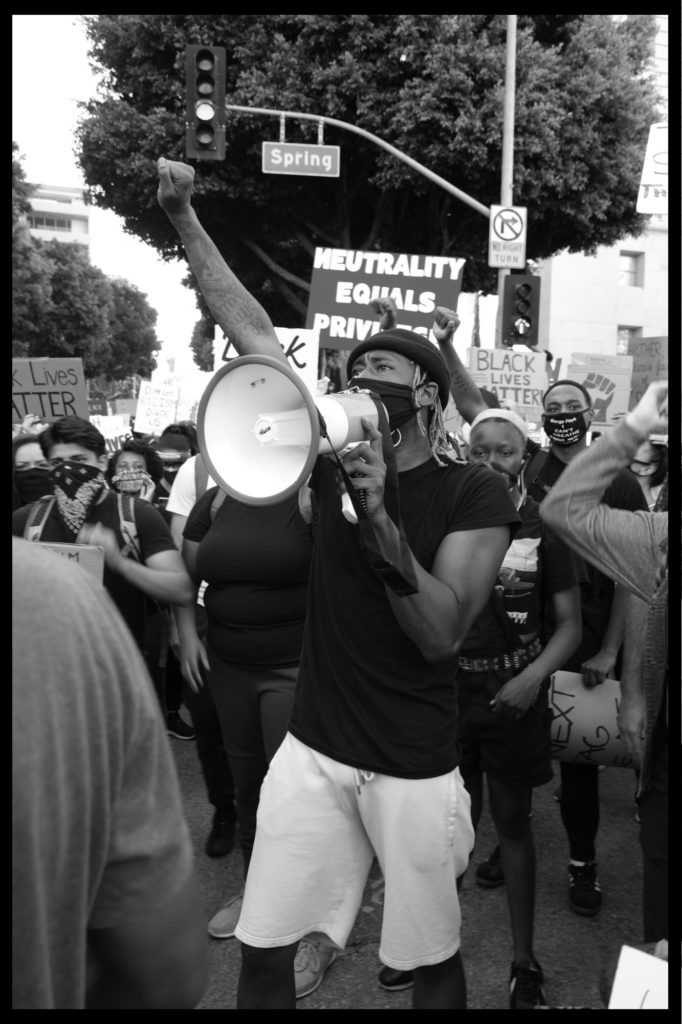
To help JHR readers—and clinicians dealing with the pandemic—find inspiration, intellectual stimulation, and even some entertainment during these days of crisis and necessary isolation, Jamie Fleshman, SPT has compiled an extensive list of thought-provoking resources. The materials accessed through the links offered here address ethics, disability, a wide range of the arts, education, and clinical information—all collated from a humanities perspective. Readers are invited to access it frequently for inspiration during the weeks ahead.
How Art Embodies Story: An Exploration of Basquiat Through a Physically Integrated Dance Performance
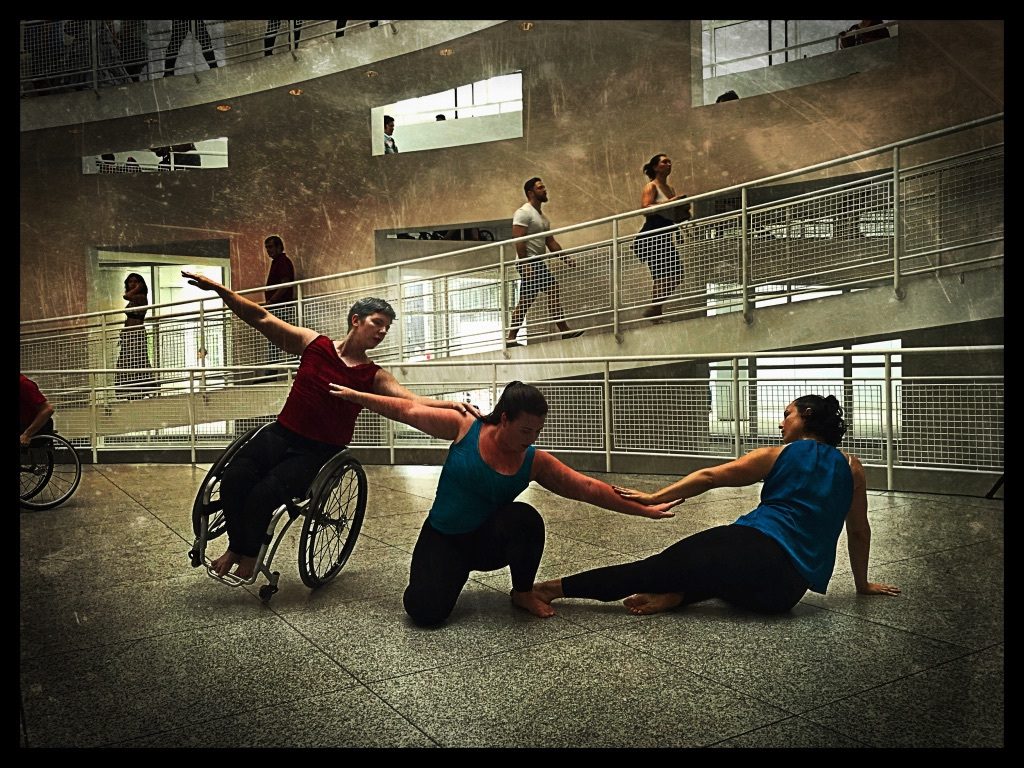
Melissa McCune reports on a recent dance project of Full Radius Dance—a company that integrates disabled and non-disabled dancers—which interpreted the works of artist Jean-Michel Basquiat. As a child, Basquiat experienced a debilitating injury that greatly influenced his art. Encountering groundbreaking works such as these, McCune explains, can help clinicians look beyond basic anatomy to see the “layered nature” of pain and disability.
What’s at Stake With Biomusic? Ethical Reflections on an Emerging Technology

Biomusic, emerging technology that translates physiological signals into sound/musical output may offer utility as an assistive technology for people with autism. The authors explore a variety of perspectives in humanities and social sciences to reflect on the ethical issues at stake with the use of biomusic in rehabilitation.

